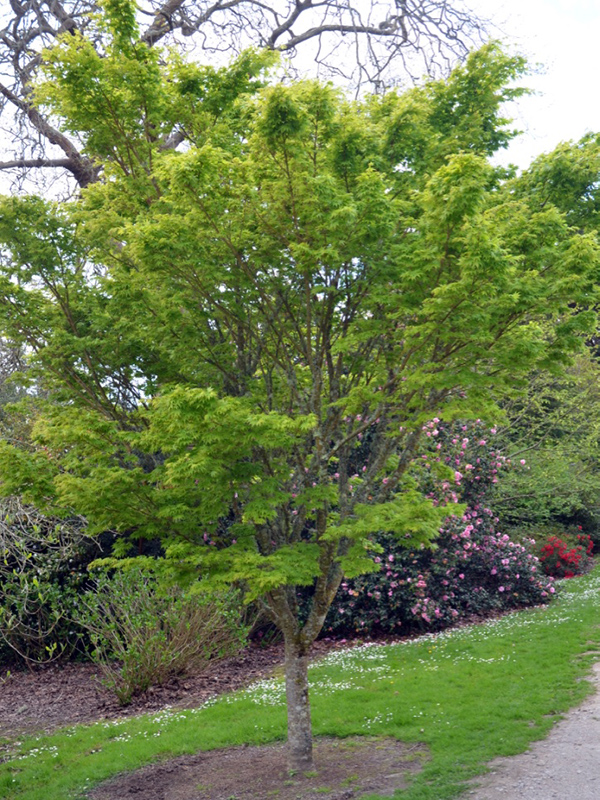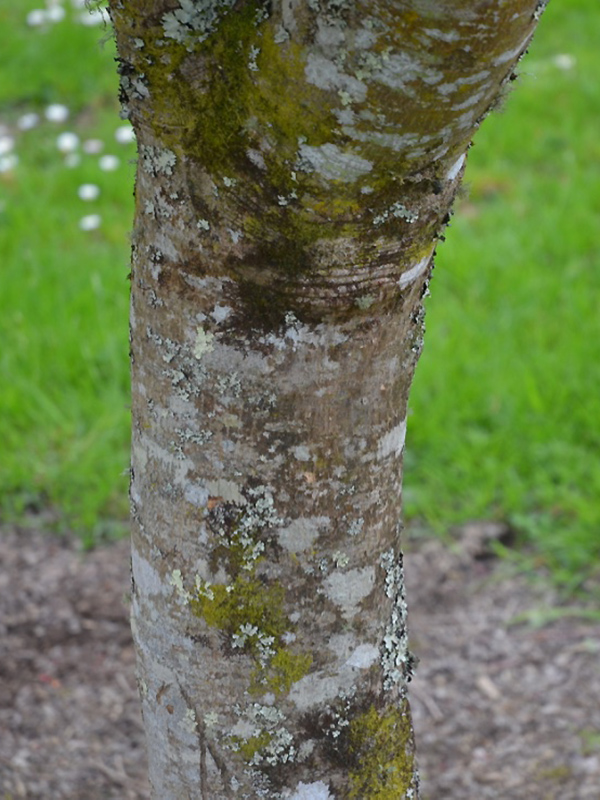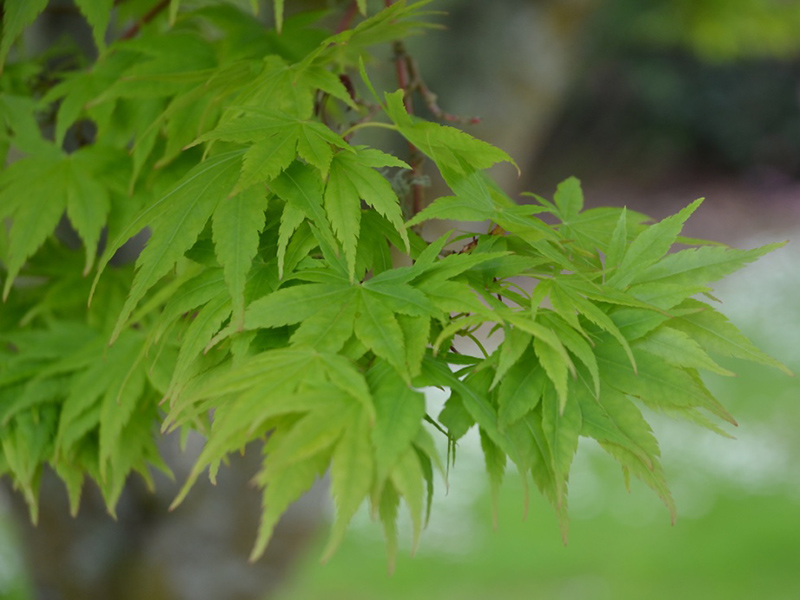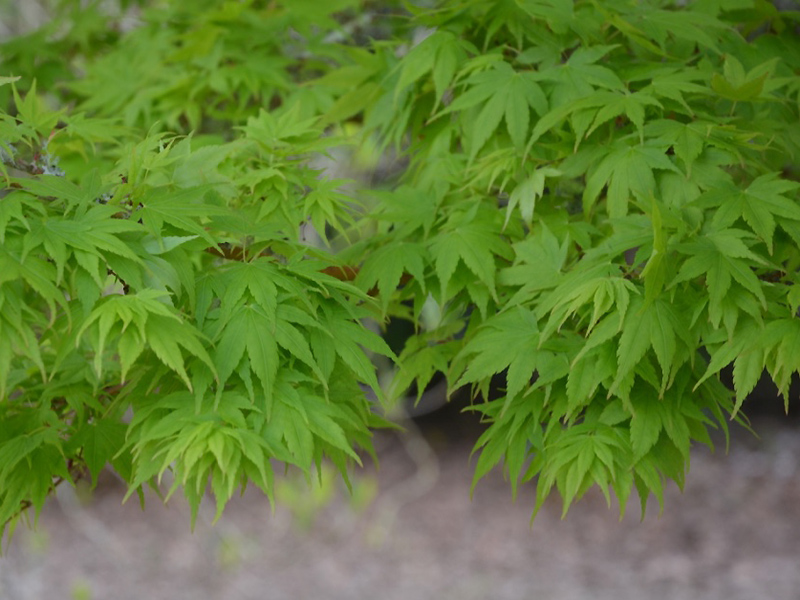Acer palmatum 'Senkaki' (Coral Bark Maple)
Botanical Information
| Family | Sapindaceae (Aceraceae) |
| Genus | Acer |
| Species | palmatum |
| Cultivar | 'Senkaki' |
| Synonyms | Acer palmatum 'Sango Kaku' |
| Category | Woody |
| Type | Tree (deciduous), Shrub (deciduous) |
Details
| USDA Hardiness Zone | 6b - 7a |
| USDA Hardiness Ref. | |
| Canadian Hardiness Zone | 6 |
| Canada Hardiness Ref. | |
| RHS Hardiness Zone | H6 |
| RHS Hardiness Ref. | |
| Temperature (°C) | -21 - (-15) |
| Temperature (°F) | -5 - 5 |
| Height | 4 - 8 m |
| Spread | 2.5 - 4 m |
| Growth | Slow |
| Flowering Period | April |
Description and Growing Information
| General Description | Large, deciduous, narrow vase-shaped shrub or small tree often recognized for its winter interest coral red bark. |
| ID Characteristic | Red young branches holding 5-lobed leaves and small yellow flowers in spring. |
| Shape | Narrow vase-like shape. |
| Landscape | Courtyard and container gardens or additional decoration in seasonal planters, garden beds and borders. |
| Propagation | Grafting, cuttings (woody stem, softwood, semi-hardwood and hardwood), budding. |
| Cultivation | Best grown in moist, well-drained and slightly acidic soil. Changes in water cycle may cause some damage. Mulch is preferred to keep its roots cool. Prefers full sun to partial shade. The leaf colour is best in partial shade. Must be protected from damaging winds to protect its thin bark and leaves. |
| Pests | Aphids, horse chestnut scale, root weevils, aphids and borers. Foliage is susceptible to frost due emergence in early spring. Prone to verticillium wilt, leaf spots, root rot, fusarium, stem canker, botrytis and anthracnose. Chlorosis in high pH level soils may also be a concern. |
| Notable Specimens | National Trust Trelissick Garden, Feock, near Truro, Cornwall, United Kingdom. |
| Habitat | Horticultural origin. |
| Bark/Stem Description | Bark starts out smooth and light grey at the trunk with coral pink branches. Bright green foliage. The tree has generally thin bark but a s the tree gets older, the bark starts to become rougher and thickens. |
| Flower/Leaf Bud Description | Small rounded buds that occur at the end of the branch in clusters. |
| Leaf Description | Palmately compound generally with 5 lobes. The leaves first start out as a buttery yellow in mid-spring. They transform into a deep green during the summer months. In autumn, they fade back into the same yellow with amber red edges along the leaf. |
| Flower Description | Tiny red-purple flowers. |
| Fruit Description | Winged samaras, just shy of 2 cm across that usually growing in pairs. |
| Texture Description | Medium texture. |
Photographs

Acer palmatum 'Sango Kaku', form. National Trust Trelissick Garden, Feock, near Truro, Cornwall, United Kingdom.

Acer palmatum 'Sango Kaku', bark. National Trust Trelissick Garden, Feock, near Truro, Cornwall, United Kingdom.

Acer palmatum 'Sango Kaku', leaf. National Trust Trelissick Garden, Feock, near Truro, Cornwall, United Kingdom.

Acer palmatum 'Sango Kaku', leaf. National Trust Trelissick Garden, Feock, near Truro, Cornwall, United Kingdom.